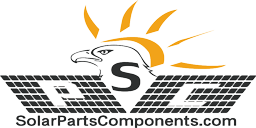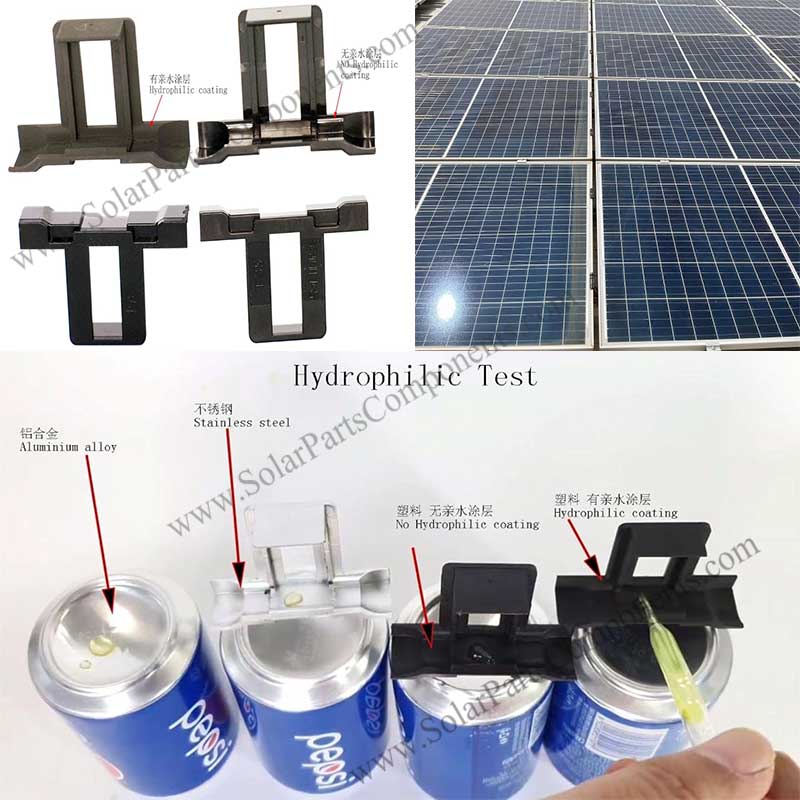Among solar accessories, the main difference between hydrophilic and non-hydrophilic water guide clips lies in their surface characteristics and treatment processes, which directly affect the behavior of water flow on their surfaces.
The specific differences are as follows:
—Surface characteristics:
Hydrophilic water drainage clips: The surface is specially treated to make it highly hydrophilic.
When water contacts the surface of the clip, a uniform water film is formed, and the water can flow smoothly along the surface, covering a large area.
This design usually helps to improve the heat exchange efficiency of solar water heating systems because water can transfer heat more evenly.
Non-hydrophilic water guide clips: The surface has not been hydrophilic treated and has a hydrophobic or neutral surface.
When water flows through, water droplets tend to gather into water beads on the surface instead of forming a uniform water film.
In this way, water may flow with less contact area, and the heat exchange effect is relatively poor.
—Application effect:
Hydrophilic water guide clips: More suitable for use in solar energy systems that require efficient heat exchange, because water can be evenly distributed, increasing the heat exchange area, thereby improving the performance of the system.
Non-hydrophilic water drainage clips: It may be used in occasions where heat exchange requirements are not high, or in scenarios where some systems do not require water to be widely distributed on the surface.
—Cost and durability:
The production process of hydrophilic water drainage clips is relatively complex and usually expensive, but it is more cost-effective in high-performance solar energy systems.
The manufacturing process of non-hydrophilic water drainage clips is relatively simple and the price is low. It is suitable for economical solar energy equipment with low performance requirements.
In general, hydrophilic water guide clips can improve the heat exchange efficiency of solar energy systems, while non-hydrophilic water drainage clips may be more suitable for low-cost or special-demand solar energy systems.








